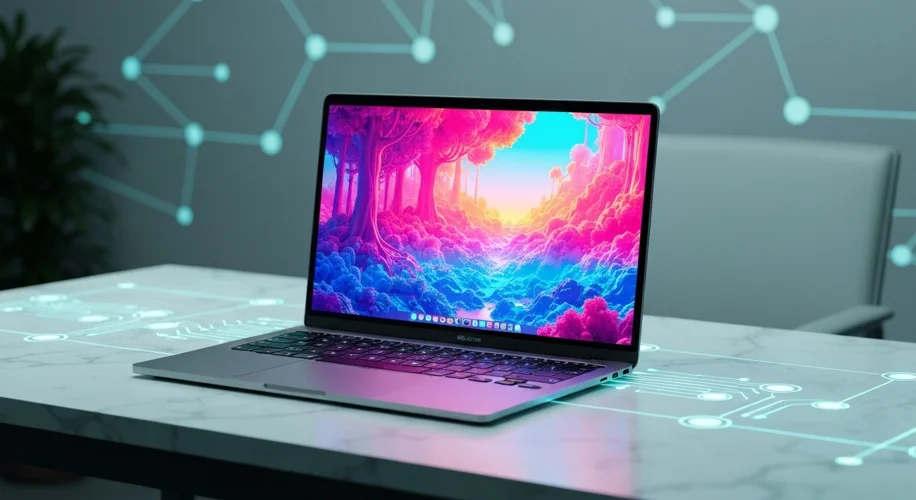Okay, so hear me out… there are some rumblings about the MacBook Pro lineup. Word on the street, or at least in the tech rumor mill, suggests that the next big leap might involve OLED displays. But here’s the catch: it might not happen until 2027, possibly with an M6 chip. That’s a long time to wait, right?
Let’s dive into this. OLED screens are seriously cool. We’ve seen them on phones and some TVs for years, and the benefits for laptops are pretty clear. Think deeper blacks, brighter whites, and way better contrast. Colors would pop, and watching movies or editing photos would be a whole new experience. Plus, OLEDs can be more power-efficient, especially when displaying dark content, which could mean longer battery life for our beloved MacBooks.
But here’s the real question: why the wait until 2027? It’s likely a combination of factors. Manufacturing OLED panels for laptops, which are much larger than phone screens, is complex and expensive. Apple is known for waiting until technology is mature and can be integrated seamlessly into their products. They want it to be perfect, and that takes time – and probably a lot of money invested in manufacturing.
So, the big decision: should you wait for an M6-powered, OLED MacBook Pro in 2027? Let’s be real, that’s a distant future in tech years. What about the M4 or M5 chips that will likely come out between now and then? Apple’s chips have been getting progressively more powerful, and future iterations will undoubtedly bring performance boosts and new AI capabilities. If you need a new laptop now, or even in the next year or two, waiting for a 2027 model might mean missing out on significant advancements in the interim.
Consider your needs. If you’re a creative professional who absolutely needs the best possible display for color accuracy and contrast, and your current machine is struggling, then maybe this future upgrade is on your radar. But for most of us, the current MacBook Pro lineup, with its fantastic Liquid Retina XDR displays, is already incredibly capable. The performance gains from newer chips will likely be more impactful for daily tasks and demanding applications than waiting for an OLED panel.
From an AI perspective, future chips will likely have even more specialized AI hardware. This could translate into faster on-device AI processing for everything from creative software to system optimization. But again, these improvements will probably be iterative. Jumping on an M4 or M5 MacBook Pro when it arrives could give you a significant boost over your current machine, and you’ll still benefit from AI advancements.
In my humble opinion, while the idea of an OLED MacBook Pro is exciting, the 2027 timeline seems a bit far out for most people. Unless you have a very specific, display-critical need and can comfortably wait, I’d suggest keeping an eye on the incremental upgrades that will happen between now and then. The tech landscape changes so rapidly, and what seems cutting-edge today might be standard tomorrow. Focusing on the immediate future with the M4 or M5 chips might be a more practical approach for getting the best performance and features sooner rather than later.

